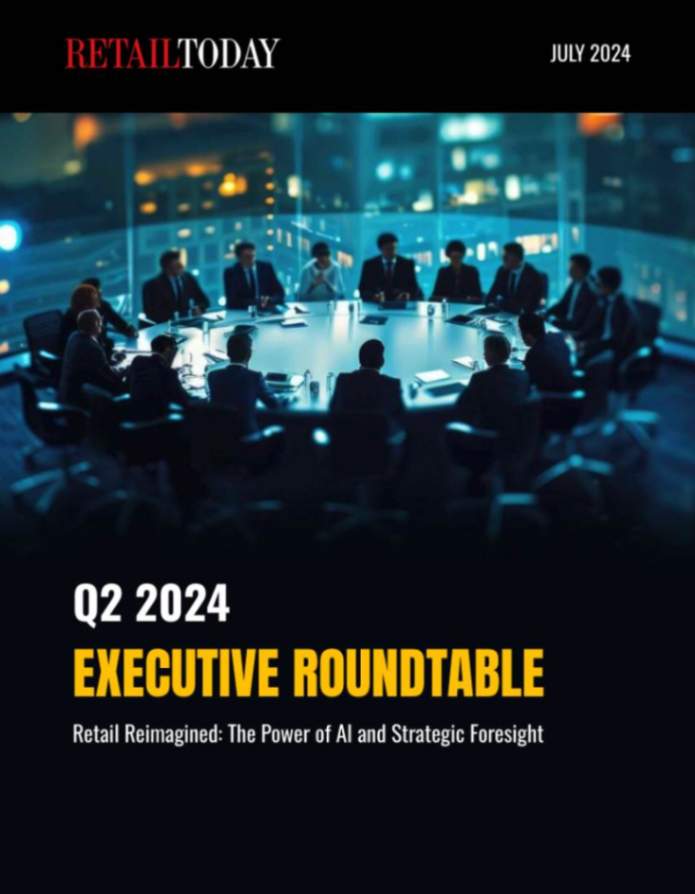Extensiv (formerly 3PL Central) — delivering omnichannel software solutions for warehouse, inventory, and order management — last week released the 2023 State of the Ecommerce Fulfillment Industry. The report examines trends in customer retention, inventory, labor management, and sales channels to show how many successful brands are approaching investment in 2023.
Massive swings in supply chain reliability, the immense pressure on brands to meet customer demands for where and how they buy and time to delivery, and the explosive growth of new technologies are ushering in a new era for brands.
“We see it daily—successful brands are flexible. There is a clear shift toward driving customer repurchases, automating thoughtfully, and developing more sophisticated inventory management strategies,” said Andy Lloyd, chief executive officer of Extensiv. “The trick, though, isn’t changing for the sake of changing. The most successful brands are those who do their homework and truly understand what’s right for their consumers, leveraging customer buying data to overlay with channel and fulfillment strategies to understand where to prioritize their efforts. Whether trying new sales channels or trying to provide same day shipping, look beyond the hype, filter out the noise, and make the right decision for your consumers.”
Extensiv’s report identifies four key trends where brands can invest resources to weather these shifts and offers applicable best practices for implementing successful responses. The four trends impacting merchants and brands in 2023:
- Focusing on customer retention: With returning customers spending 33% more than new customers, customer retention is replacing customer acquisition as a primary focus as brands realize higher customer lifetime value (CLTV) and increased profitability from return customers. The most successful brands focus on re-activating prior purchasers to amortize the cost of initial customer acquisition across multiple purchases, meaning subsequent purchases are much more profitable.
- Developing flexible inventory strategies: Excess inventory continues to burden brands, leading to constraints on working capital. As such, brands have looked to liquidate overstocked inventory when possible or to expand fulfillment and storage footprints given that nearly 60% of warehouses are operating above 90% capacity. Many have looked to find new third-party logistics (3PL) partners for greater inventory management expertise.
- Rethinking human-centric automation: Whether implementing an order management system (OMS), warehouse management system (WMS), or even robotics, the need for intentional engagement and support of a brand’s workforce continues as brands seek to acclimatize established workers to automation while simultaneously attracting younger workers through the promise of innovative processes and technologies.
- Tracking trends and innovations: Brands and merchants must navigate a cascade of information and recommendations, and yet many of the trends may not apply to each brand. As such, gathering data from a variety of sources and understanding key customer data about a brand’s unique buyer channel preferences, repeat purchase patterns, and delivery expectations will prove fundamental to prioritizing the right innovations to implement.






